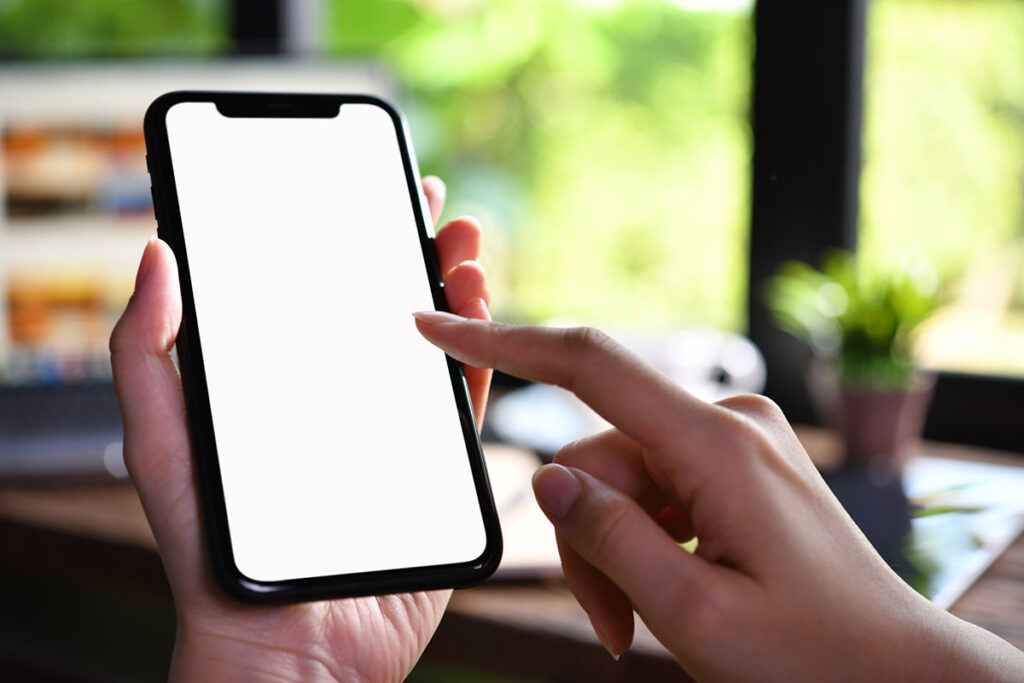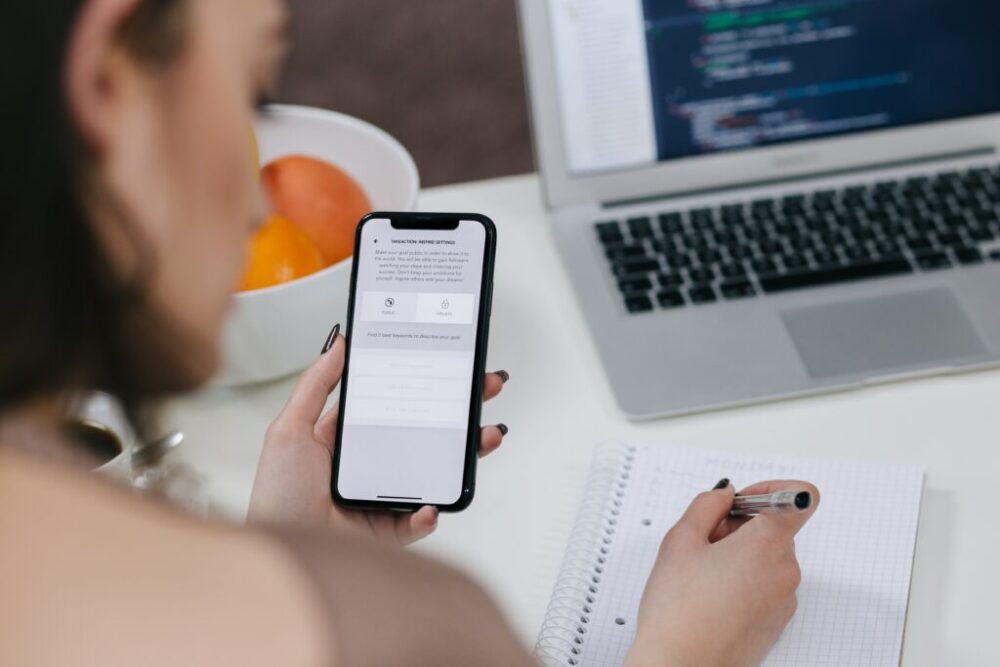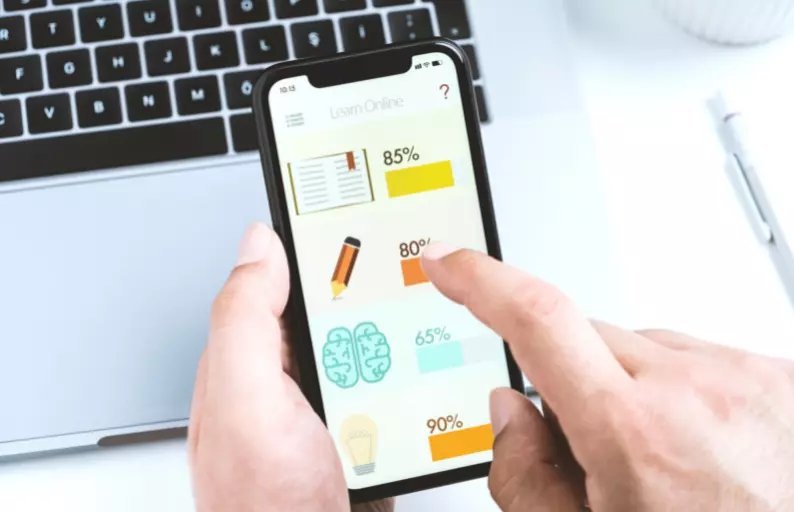
Smart devices are constantly becoming a staple in the professional world; almost every employee owns a smartphone, laptop, tablet, or other handheld device. The easy access to content and other learning material gives them the flexibility to consume the content where ever they please.
The primary goal of facilitating mLearning is improving the employee’s performance matrix. We frequently use our mobile devices to set reminders, access email, seek information, and perform other work-related duties. Corporate training is becoming a part of this too.
The way we work is continuously evolving, and the only way organizations can expand and flourish is by keeping up with these changes.
In this article, we will learn what mLearning is and how it can help your business and improve employee productivity.
What is mLearning?

mLearning is a new way to access content anytime and anywhere with the use of mobile devices. All they need is a smartphone with an internet connection.
With mLearning, employees can take tests, go through lectures, and study lessons from their devices. It empowers learning at the point of need. It enables employees to access and process information faster and at their own pace for increased productivity and improved business processes.
Now let’s look at the benefits of switching to mLearning and how it will improve the overall performance of the employees.
Flexible and Uninterrupted Learning
With mLearning, employees can learn on the go, whenever and wherever they want it. They can access the information at their own pace, helping them learn and understand better. Content can be delivered in a variety of formats, such as podcasts, short videos, e-books, etc., to make the information interesting and easy to learn and grasp.
Choose from the best LMS system that include such features to provide effective learning experiences to your employees.
Improved Retention Rates

Under mLearning, a large amount of learning content is delivered in a bite-sized and concise manner that employees find easier to learn and retain. This helps them understand the information better. Also, shorter learning experiences allow the employees to retain and assimilate the key messages faster.
It maximizes retention and minimizes the forgetting curve, as every piece of information is always right in front of their eyes.
Touch of Personalization
Under the mLearning format, employees often use their own devices to learn and access training, which leads to increased comfort and adds personalization to their training experience.
Additionally, BYOD helps organizations save a lot of money as employees absorb a significant portion of technological expenses by accessing the training material on their own devices.
Just in-Time Support

Another advantage of mLearning is the easy accessibility of training content as and when needed. Employees can refer to the information immediately in case of doubts while on the job.
Without mLearning, they would wait for the instructor to clear their doubts, which could lead to delay and inefficiency.
Thus, mLearning helps improves employee productivity by offering constant support to the learners and providing the right help at the right time.
Instant Feedback
The applications to deliver mLearning training courses have features where learners can gather instant feedback and gauge their own progress.
When they complete the assessments, the correct and incorrect answers are clearly defined, which helps them determine their strengths and weakness in the course.
These assessments can also be added in between the training modules to keep them engaged during the process.
Promotes Collaborative Learning Culture

Mobile learning offers a collaborative learning culture to employees by providing them with the flexibility to participate in online discussion forums. It has various other features like note sharing, instant messaging, and more that help the learners connect to clear their doubts and queries.
This ensures there’s a human touch and that they aren’t alone, even in a digital learning process. It helps them establish a connection which later increases engagement and productivity.
Tools and Technologies
mLearning is a form of training that utilizes mobile technologies including smartphones, tablets, and laptops. It can be used to supplement traditional classroom training or to deliver the entire course content “just in time” and on multiple devices. mLearning tools and technologies are designed to facilitate convenient engagement anytime, anywhere.
Popular mLearning tools and technologies include:
- Web-based platforms for accessing content links, slideshows, and other resources
- Responsive websites for content delivery optimization across multiple devices
- Mobile applications for online testing, surveys, and access to virtual classrooms
- Virtual Reality (VR) based simulators for real-time realistic scenarios
- Augmented Reality (AR) based trainers for job simulations in the corporate environment
- Wearable technology such as headsets, smartwatches and sensors to monitor performance
- Voice user interfaces (VUIs) to interact with applications on smartphones
In addition, modern Artificial Intelligence (AI) techniques such as natural language processing (NLP), computer vision, and facial recognition AI could further streamline existing workflows in corporate training by helping make decisions effortlessly. With the help of AI techniques, predictive analysis of outcomes could be performed accurately to help improve learning efficacy while ensuring learners are engaged all the time. All these features are believed to yield higher efficiency in learning so that businesses can remain competitive in today’s market.
Strategies for Corporate Training

Mobile learning, or mLearning, is becoming a popular way for companies to provide training and education for their staff. It gives employees the flexibility to access important course material anytime, anywhere. Compared to traditional corporate training methods such as classroom-based sessions and printed materials, mLearning can bring numerous benefits in terms of cost-effectiveness, scalability, and accessibility.
Organizations have adopted various strategies for mLearning in their corporate training initiatives. Primarily these involve delivering relevant content from a centralized source that can be accessed on mobile devices. Examples of corporate mLearning strategies include:
- Gamification – creating engaging game elements such as quizzes and rewards to motivate learners;
- Simpler navigation – utilizing simple intuitive menus that are easier to navigate;
- Adaptive learning – building customized courses based on individual needs;
- Variety of media – incorporating interactive video, audio recordings, graphics and quizzes into the learning material;
- Microlearning – providing shorter modules with targeted lessons on specific topics;
- Digital activities – utilizing collaborative activities such as discussion boards which allow learners to connect with each other.
These strategies can help organizations create an effective mobile learning experience that enhances the engagement of learners while reducing the cost and complexity associated with traditional corporate training methods. By leveraging mLearning within their corporate training models, companies are provided with more opportunities for flexible delivery of core competencies while scaling up operations quickly.
Conclusion
Mobile learning is a perfect supplement to traditional corporate training. It is an effective training method that provides instant solutions to problems employees face throughout the day. It minimizes attendance issues and reduces the time spent on scheduling, traveling, and waiting between tasks and other responsibilities.
With mobile learning, professionals can increase their knowledge and abilities with little to no preparation time. They can also make the most of their downtime by learning while in the queue, during their commute, or before bed.








